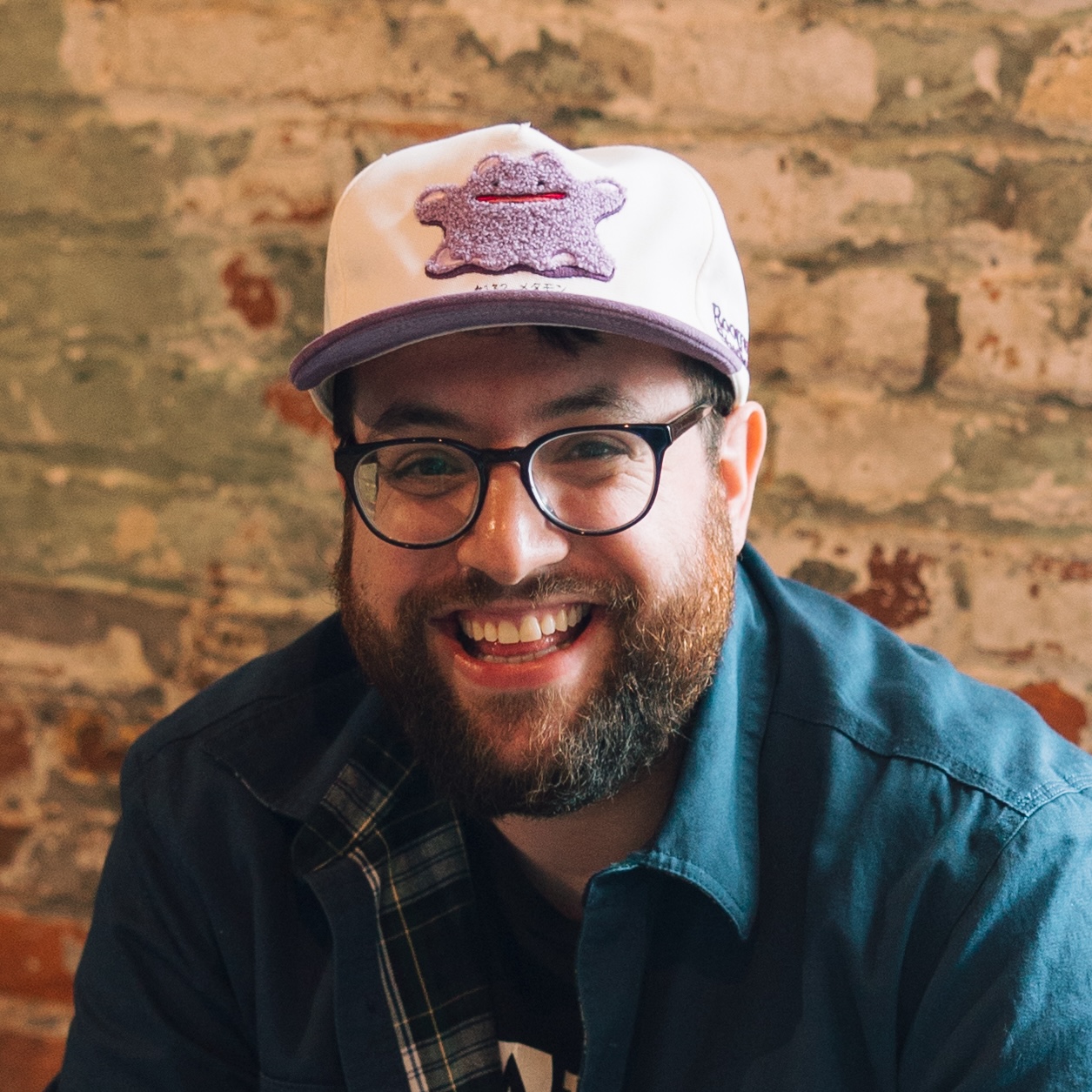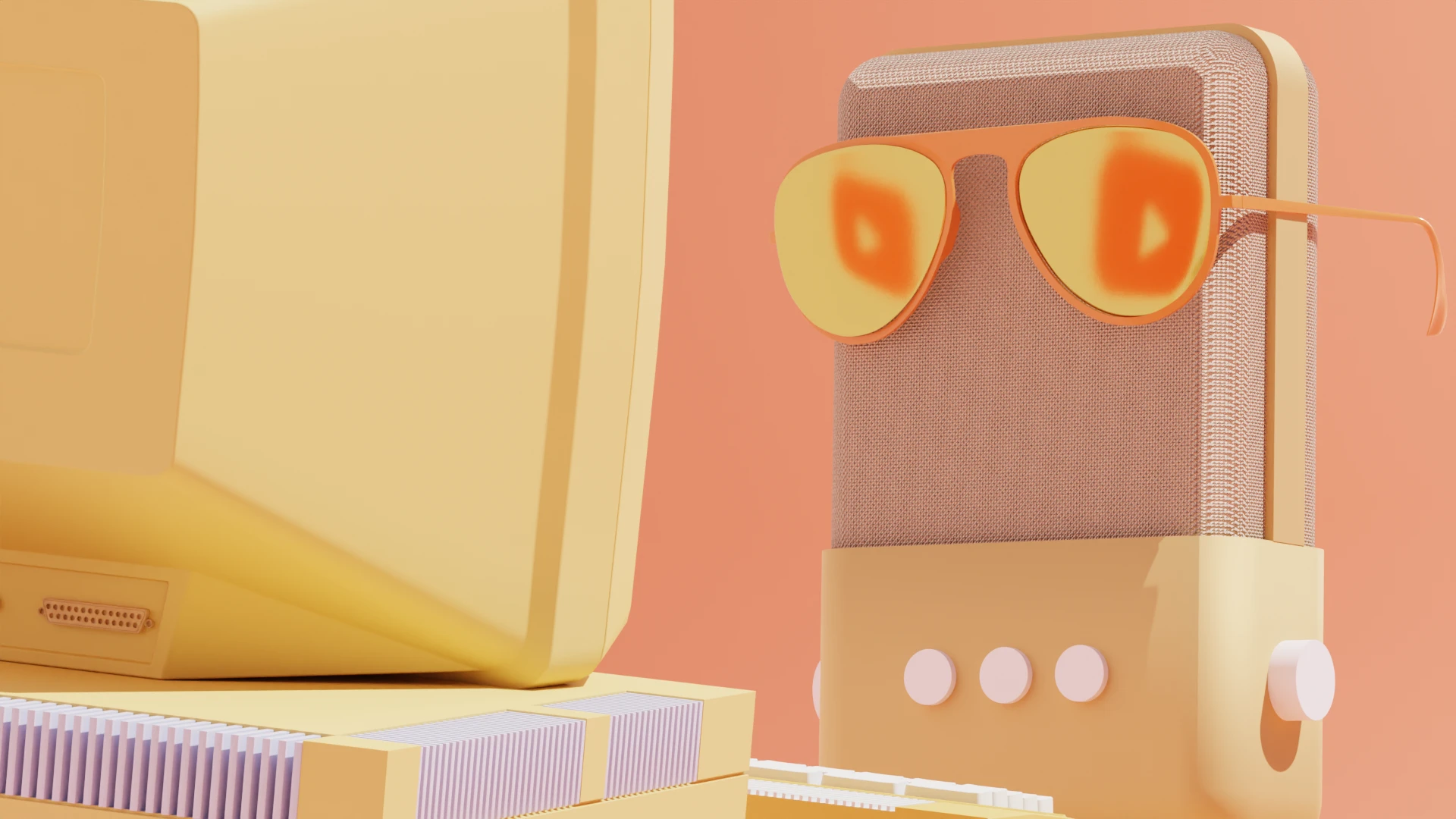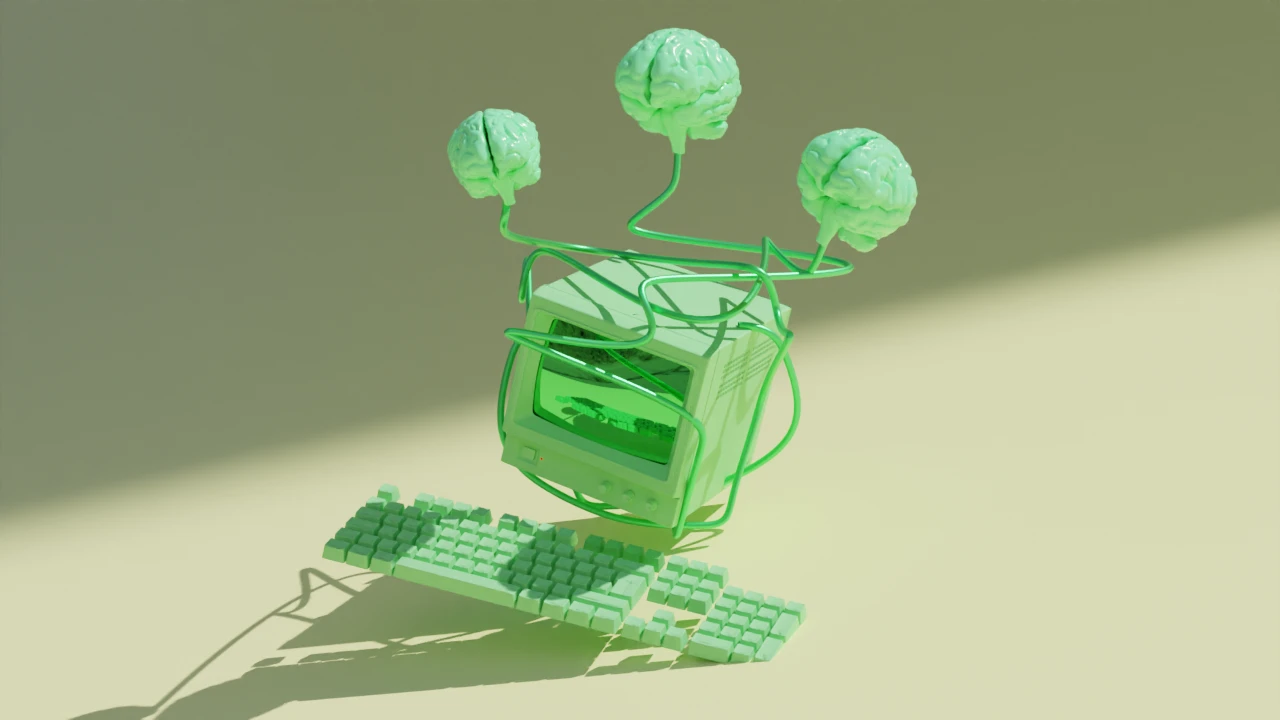YouTube has greatly expanded people’s ability to make documentary content. Combined with a deluge of affordable video equipment and unprecedented access to historical video content available on the internet, it's never been easier for creators to break into the documentary space.
They’re also incredibly popular. Whether it’s theme-park driven docs by Defunctland or the true-crime of Real Horror, documentary content can amass hundreds of thousands if not millions of views.
So how do you get started?
Figure out what kind of documentary you want to produce
This is not exhaustive, but there are four predominant styles of documentary you might find on YouTube. Of course, many videos mix elements of each.
Faceless documentaries
Faceless YouTube channels are massively popular for a pretty boring reason: they’re cheap. They’re defined by narration paired with a mix of footage and animation. The aforementioned Real Horror channel is a good example of this, notice how their deep-dive into a serial arsonist uses archival footage to tell the story.
This style leans on good editing rather than expensive cameras or on-location shoots.
Hosted documentaries
If you have a decent camera and lighting equipment, or are wiling to invest, adding a hosted component to an otherwise faceless documentary can be a great way to make the content more engaging and build a relationship with your audience. Creator James Jani makes hosted documentaries that attract millions of viewers by combining hosted footage with news and other footage from his subjects. He also employs some beautiful motion graphics to spruce up otherwise dull images of newspaper headlines and text.
On-location documentaries
Perhaps one of the most expensive, but also most exciting ways to produce a documentary is filming on location. Tom Scott is a great example, but this is also a hallmark of travel documentaries. Sometimes, the locations might just be illustrative (riding a train to talk about America’s infrastructure), but more ambitious projects might follow their subjects for days, weeks, or months before editing something together.
Interview documentaries
For the budget-conscious creator, interviews are a great way to infuse another perspective and voice into your documentaries. Remote interviewing tools (like SquadCast) make it easier than ever to incorporate other voices into your documentary. Take, for instance, the way this Veritasium video incorporates a remote interview with an expert for their video on avalanches.
Creators looking to upgrade the look and feel of their documentaries might show up and film a subject in their home, or rent a studio on a site like Peerspace or Giggster. These studio interviews can make your documentary have the professional feel of a documentary you might see on a streaming service or in a theater.
 |
How to develop your style
Budget will usually be the constraining factor, and there’s no reason an aspiring documentary maker can’t start cheaper (with faceless content) and slowly work in interview footage, on-location shoots, or hosted portions of the video. But it also depends on what kind of content you’re making. If you’re making historical documentaries, you’ll likely want to use extensive archival materials like old news coverage or photos/illustrations. If your subject doesn’t have these kinds of materials available, you’ll need to ask yourself how to visualize it: through animations, or interviews, or just you talking (which can get a little boring).
3 tools for making documentaries on YouTube
Archival libraries
One of the best tools for any documentary producer talking about past events is the vast library of videos and images that exist on the internet. Documentarians refer to this as archival: the images, audio recordings, and videos that exist in the historical record. To take advantage of these materials, creators will have to learn to navigate fair use and other copyright laws.
Some services offer libraries of historical videos to license, others might charge a subscription for unlimited use. Many news organizations also have services to search their catalog of footage, such as CNN. But there are also free options: Archive.org features searchable collections, including a huge variety of old newscasts and even digitized VHS tapes. Wikimedia also features many usable videos and images that can be useful for documentary production. And of course, there’s YouTube, which allows you to filter your search results by “Creative Commons.”
Motion graphics libraries
When producing documentaries, you’ll inevitably encounter segments that can’t be visualized with archival or hosted footage. Motion graphics can add an additional element of style to otherwise boring assets like newspaper headlines, maps, mathematical formulas, or any difficult concepts that need a visual aid to explain.
 |
Even if you’re not an animation wiz, services like Envato and Motion Array make a variety of animation templates to upgrade your visual style.
Social media
Finding interview subjects can be challenging. Many people might be uninterested or opposed to talking, or might not trust you, a stranger on the internet. Still, if you know what kind of person you want to talk to, consider reaching out to potential sources on social media.
Many journalists flock to Reddit to find specific kinds of people. Say you’re doing a documentary on brand new YouTube creators—you might start by checking on the Newtubers subreddit and messaging people to see if they want to talk about their experience. Instagram, TikTok, X, and Facebook can be used in similar ways: find people who are publicly talking about the thing you want to cover. Podcasts can also be a great resource, as many are about niche subjects and hosted by people who, by definition, are open to talking on mic.
How do I write a YouTube documentary?
Some prefer to lay out their story in an editing timeline, but I find it helpful to write out and edit a script in a text document before opening up any editing software. There’s no one correct way to write a documentary, but consider some of these tips.
Find a character
Maybe you’re covering a crypto scam, a historical event, or true crime. Consider finding a central character who can serve as a microcosm for the larger story. That might be the perpetrator of the scam, or the victim. Sometimes, you can get away with turning a large organization into a character, say the rise and fall of FTX (rather than Sam Bankman-Fried).
Remember, a good story-driven character encounters some inciting incident, goes on a journey, and leaves changed (to oversimplify). YouTubers like Jani sometimes use a loophole by making themselves the character. They’ll tell the story of how they got roped into investigating a story, walk through the journey of what they discovered, and learn some lesson or experience some kind of epiphany.
👩 Build your narrative: Using character development to drive your story
Find the big picture
The best documentaries don’t just follow the story of a cold case or the rise and fall of a company. They ask the basic question: “So what?” Good documentarians use the ladder of abstraction to zoom out from the concrete details of a story to big questions like: what does this all mean? What are the bigger forces at play? What context does the viewer need to know?
Have a rough outline before you start filming
Professional documentarians might follow an athlete or public figure for months or years without a clear idea of what story they’re actually trying to tell. And while these people deserve our utmost respect, unless you’ve stumbled upon a huge amount of funding, it probably won’t work for most YouTubers.
Maybe you want to create a documentary about an unsolved murder and are going to interview people who were friends with the victim, or who knew the suspect. Conducting extensive pre-interviews will give you a sense of what your sources have to offer, and can help you create an outline before spending the time and resources to film them.
Of course, things happen. People will say things you didn’t expect, and events may transpire that you couldn’t have foreseen. Always go in with a plan, but don’t be afraid to pivot your story.
Use transcription services
If you’ve shot any interviews, traveled to any locations, or even just need to scour through old newscasts, transcriptions are a must. They make your raw materials searchable and easier to visually scan. Luckily, they’re cheaper than ever, especially with new AI-assisted transcription technology like Descript.
Once you’ve got transcripts, it’s helpful to highlight or bold everything that you might want to use, before doing another pass to narrow down what will make it into the actual documentary. I often go back and forth, pasting lines from a transcript into a script, writing around it, and inevitably going back to the transcript as I edit or re-write.










































